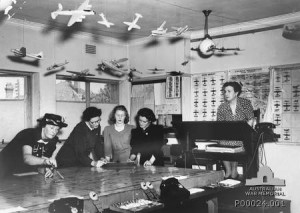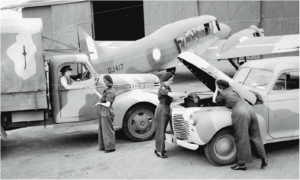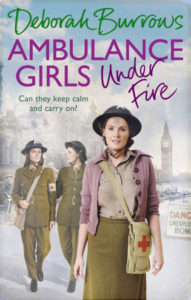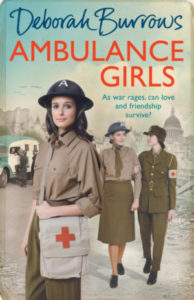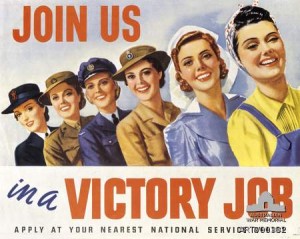
The war meant that for the first time in Australia women were being asked to do ‘a man’s job’, either in the services or in industry. More women entered the workforce than had been there before. The women who took on jobs that had previously been available to men only were able to earn all or nearly all the male rate for these ‘men’s jobs’. But if the new women workers went into traditionally female areas, then the wage was typically 54 per cent of the male rate – though by the end of the war was closer to 70 per cent.
Women who entered the services were also paid at a far lower rate than their male counterparts doing exactly the same job, and these jobs disappeared at the end of the war.
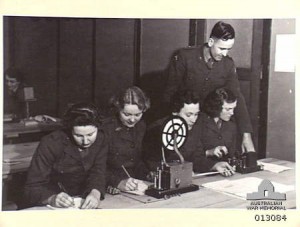
The experience of work in the war years had a profoundly liberating effect on many women. Many felt it was the happiest time of their lives. And many sought jobs after the war that would continue this independence and liberation. But society dictated that a woman’s place was best in the home, and most were happy to return to normal domestic life.
This post is for the unsung heroines – doing so-called men’s work and doing it brilliantly!



